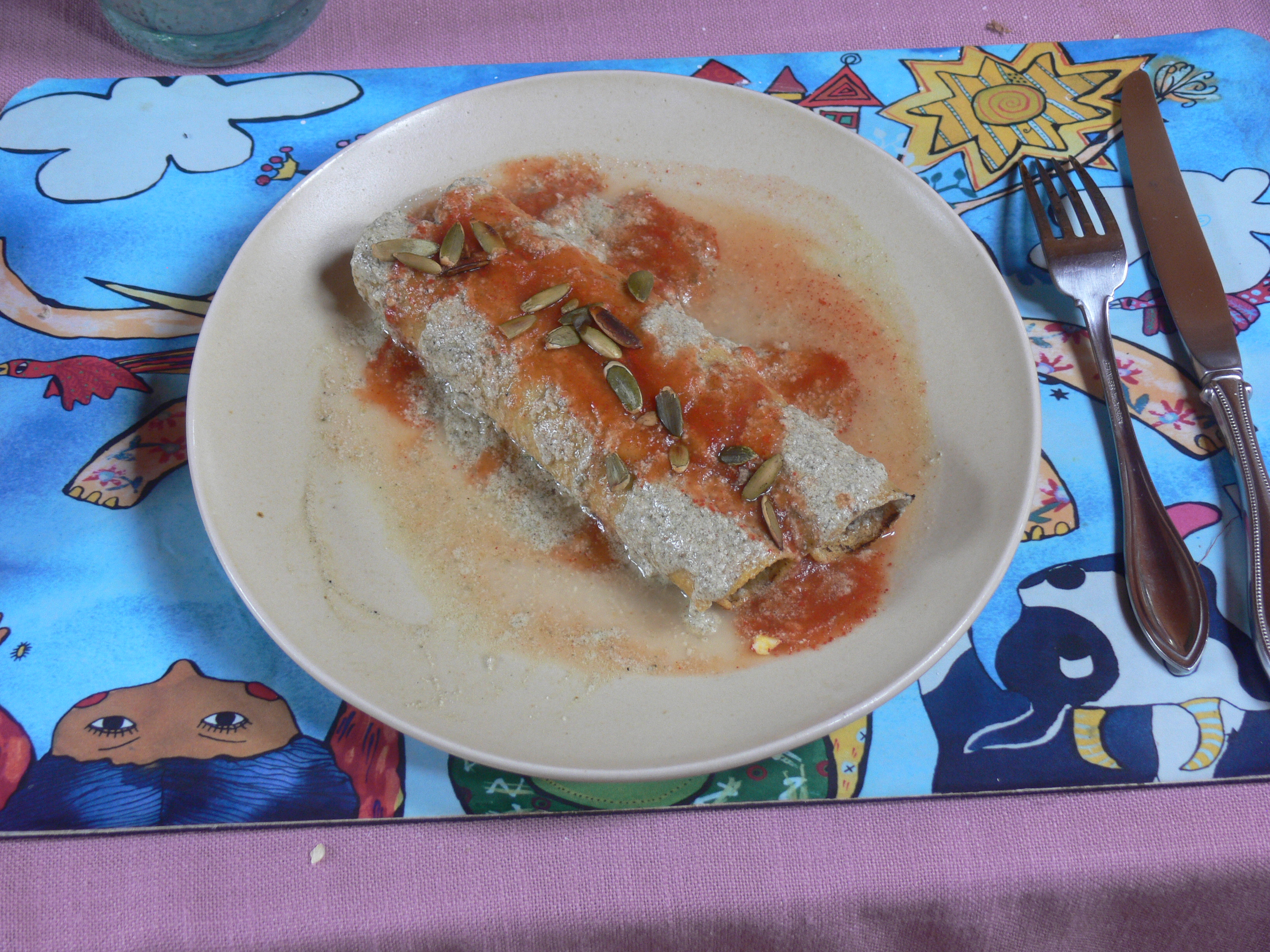We all have our cures for hiccups that work with varying reliability. Some drink a cup of water upside down. Others swear that a fright works. I usually try holding my breath until the hiccups stop. Patrick, our guide, told us that Mexicans have the only guaranteed cure, and we saw it work when we… Continue reading Hummingbirds and Hiccups
Category: Mexico
Mexican birthday
Our Mexico trip was a way for Fiona to avoid her 40th birthday. By being in a time zone 15 hours ahead of our own, she could pretend that local well-wishers were too early, and when she got messages from Sydney they were too late. She never really had a birthday at all. I think… Continue reading Mexican birthday
Zinacantan Weaving Workshop
Zinacantan men specialise in growing flowers and the women specialise in weaving. We visited a weaving workshop with a number of rooms covered wall-to-wall in bright coloured shawls and table runners and the women delighted in dressing us up in their traditional garments. Fiona wore a skirt, belt and a vibrant blouse that was soon… Continue reading Zinacantan Weaving Workshop
Mixing Religious Traditions with the Mayans
The Mayan sun adorns the front of the church in San Juan Chamula, sharing space with Christian symbols. This mixing of religious symbols is common in Chiapas. When the missionaries arrived with the Spanish, they were surprised to see a cross as a religious symbol among the Mayans, assuming that Jesus had appeared in the… Continue reading Mixing Religious Traditions with the Mayans
Chamula Costumes
Hundreds of people cross the town square at San Juan Chamula while I drink my Mexican tangerine soft drink and Patrick explains about the church on the other side. Most of the people going about their business are Chamula, one of the ethnic groups descended from the Tzotzil Maya. Even we can identify the Chamula… Continue reading Chamula Costumes
one by one
The streets of San Christobal are quite narrow and traffic typically flows in one direction. This doesn’t eliminate the problem of jams at intersections, but the traffic lights have been removed due to increased congestion. Instead, the rule of one has been implemented. This rule means that cars at the two inbound roads at any… Continue reading one by one
Streets like rivers
The Mexican rainy season is imminent and we got a taste on our first night in San Cristobal. Fiona and I both got dressed up to go out to dinner with our guide Patrick, only to have the skies open up as soon as we left our room. We thought we’d be fine under our… Continue reading Streets like rivers
Sumidero canyon
The Chiapas region of Mexico is in the west, near Guatemala, and was once occupied by the Mayan people. The name, which comes from the Chia seed growing in the Sumidero valley was first taken on by the local warriors who even the Aztecs avoided for their fierceness. The Spanish eventually defeated the Chiapas through… Continue reading Sumidero canyon
